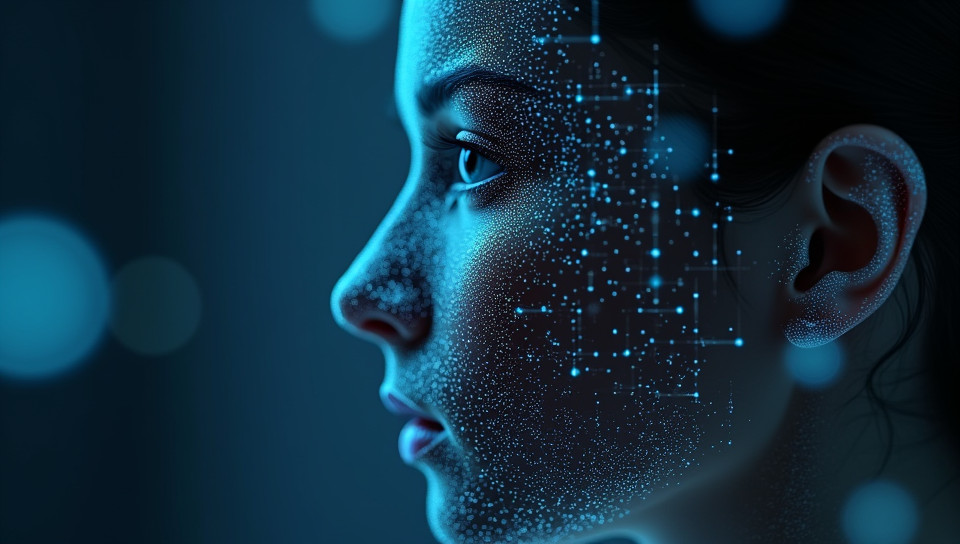Facial recognition uses algorithms to identify people 88%

The Future of Identity Verification: How Facial Recognition Uses Algorithms to Identify People
In today's digital age, identity verification has become an essential aspect of our daily lives. From unlocking our smartphones to accessing secure facilities, facial recognition technology has revolutionized the way we authenticate ourselves. But have you ever wondered how this magic happens? In this article, we'll delve into the world of facial recognition and explore how algorithms play a crucial role in identifying individuals.
The Science Behind Facial Recognition
Facial recognition uses machine learning algorithms to analyze and compare facial features. These algorithms are trained on vast datasets of images, which helps them learn the unique patterns and characteristics of individual faces. When a new image is presented, the algorithm matches it against its training data to determine whether it belongs to a known person or not.
Types of Facial Recognition Algorithms
There are several types of facial recognition algorithms used in various applications. Some of these include:
- Face Detection: This algorithm identifies the location and orientation of faces within an image.
- Face Alignment: This algorithm adjusts the position and scale of the face to ensure accurate comparison.
- Face Verification: This algorithm compares two images, one from the database and another from a new source, to determine whether they belong to the same person.
How Facial Recognition Works
The facial recognition process involves several steps:
- Image Capture: A digital image of the individual is captured using a camera or other imaging device.
- Pre-processing: The image is enhanced and pre-processed to remove noise and optimize its quality.
- Feature Extraction: The algorithm extracts relevant features from the image, such as facial structure and texture.
- Comparison: The extracted features are compared against those stored in the database.
- Verification: The algorithm determines whether the individual matches a known person or not.
The Benefits of Facial Recognition
Facial recognition technology offers numerous benefits, including:
- Increased security: By using unique facial features for authentication, facial recognition reduces the risk of unauthorized access.
- Improved efficiency: Automated facial recognition eliminates the need for manual verification processes, saving time and resources.
- Enhanced convenience: Facial recognition enables individuals to easily access secure facilities or unlock their devices without needing passwords or PINs.
Conclusion
Facial recognition technology has transformed the way we verify identities. By leveraging machine learning algorithms, this technology offers unparalleled accuracy and efficiency in identifying individuals. As facial recognition continues to evolve, its applications will expand into new areas, further enhancing our lives with greater convenience and security.
- Created by: Maria Ortiz
- Created at: Feb. 18, 2025, 9:27 p.m.
- ID: 20932




